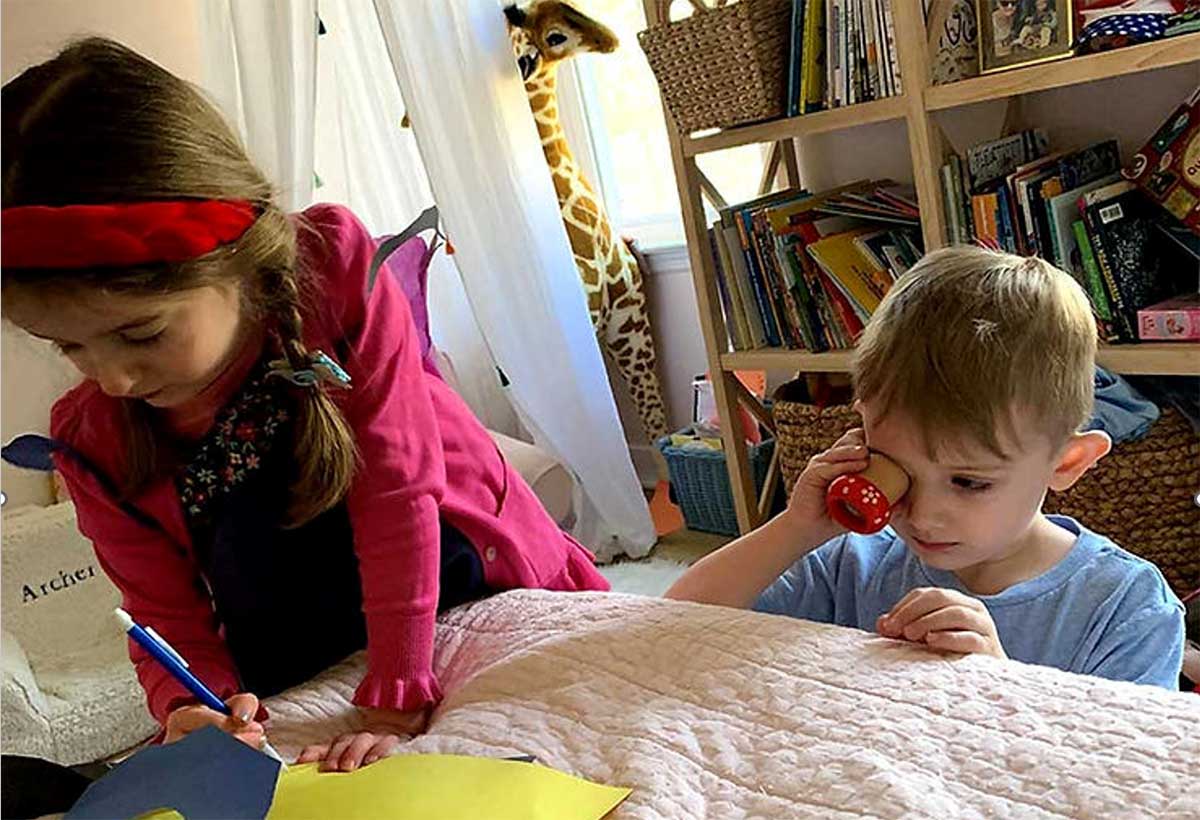When people hear I’m a play therapist, they assume that all my clients have experienced a big trauma. Why else would a kid need therapy? And unfortunately, sometimes, that is the case. Big Ts are things like violent crime, physical abuse, natural disasters, parental death, or acrimonious divorce. Many children have suffered from trauma with a capital T; although thankfully not all.
Yet, it’s important to recognize that all children have experiences known as Little ts. Not fitting in at school, being bullied by a sibling, learning differences, exposure to violent media, being more physically mature or immature than peers, strict religious norms, identifying as LGBTQ, perfectionist parents, and cultural differences, are just a few examples of common childhood experiences that can leave a child feeling helpless and isolated. Whether a child experiences a trauma reaction depends on many factors including innate temperament, developmental age, protective relationships, previous big and little traumas. A little trauma – such as being shamed by a teacher in front of one’s peers or throwing up in class – can lead to feelings ranging from anxiety, to anger, to grief, to worry, to guilt, to shame. Most of us experienced these kinds of moments when we were children.
My training is in Child-Centered and Synergetic Play Therapy (SPT). Synergetic Play Therapy® (2008) is a researched-informed model of play therapy blending the therapeutic power of play with nervous system regulation, interpersonal neurobiology, physics, attachment, mindfulness, and therapist authenticity. Developed by Licensed Professional Counselor and Registered Play Therapy Supervisor, Lisa Dion, it is largely based on brain science. According to SPT, there are four primary threats for which our brains are always scanning:
- Physical Danger (from a child’s perspective, this might mean the monster under the bed or their mom’s boyfriend);
- The Unknown (from a child’s perspective, this might be what’s going to happen if dad moves out or how they will manage at a huge new high school);
- Expectations (aka “shoulds”) (from a child’s perspective, this could be the need to get a perfect report card, or to play the sport a parent played);
- And finally, a threat that may initially seem harmless but which is actually super disorienting: Incongruence in the Environment. This happens when your internal senses don’t sync with your external senses. This is the one that bewildered me most as a kid. My mom would smile (maybe with gritted teeth) and call me “dear” when she was actually angry. A disconnect between words, behaviors, and body language still confuses my brain, and I bet it confuses yours too. So imagine being a child who is intimately acquainted with their parent’s energy and how scary it must feel when the parent’s verbal message is wildly at odds with their body language and emotional energy.
In SPT, children have a chance to play out their fears and experiences. This enables them to recognize their emotions and learn better ways of regulating them. It allows them the space to process upsetting experiences with a caring adult. As a play therapist, I can provide the most powerful antidote to trauma by ending a child’s sense of aloneness. The best part of playing this small but significant role in young lives is that it brings with it an opportunity to help parents get to know, understand, and appreciate their children in new ways. Most parents are doing their best given the resources they have. Providing them with child development and brain science education can go a long way in showing them how their kids are also doing the best they can to solve their problems with what they know. I encourage new ways of connecting and offer practical tips. Taking just 5 or 10 minutes a day to play with your child (without interruptions or distractions!) can make a world of difference. This can mean batting a balloon back and forth, a stare fight, thumb wrestling, a clapping game, playing mimes, or even I Spy. The point is to build up positive connections that help your child feel seen, valued, and safe.
Do you have other brief but fun ways you connect with your kids? Feel welcome to share them in the comments!






